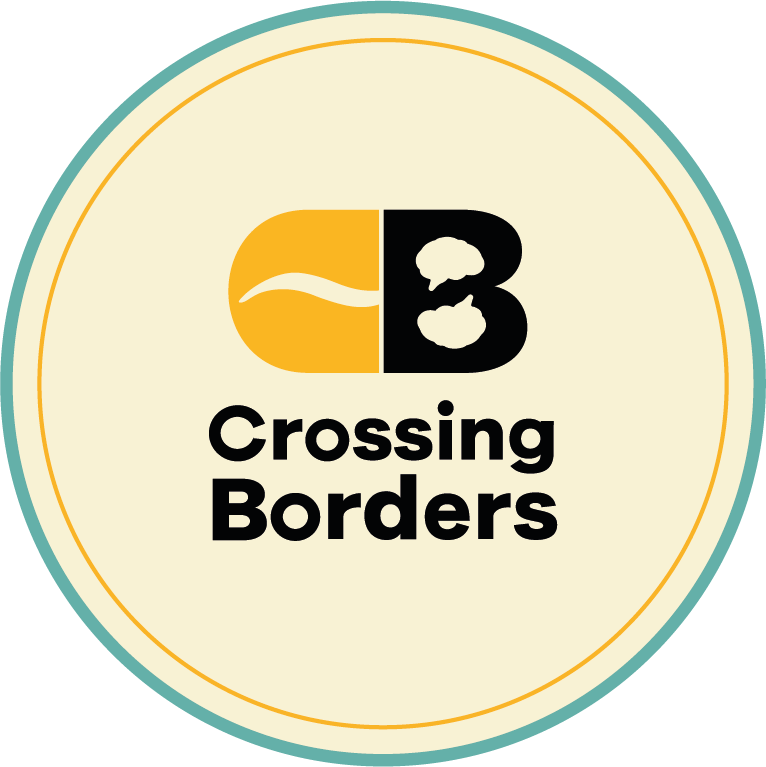Part One
I’ve repeated the following anecdote countless times, as people are often confused when I tell them I have a Danish passport, yet they can hear an accent in my Danish: I grew up with a Danish mom and an American dad in South Florida. I was bilingual and perfectly fluent in both Danish and English. But when I was around 5 years old and started school, I was confused as to why no one besides my mom could speak this seemingly strange, guttural language. Over time I started to respond only in English when she would speak Danish to me. Eventually, she gave up, and we began to speak English on a daily basis, to the point where I forgot Danish and all its strange vowel sounds. This meant that when I moved to Denmark three years ago, I needed to relearn everything, from pronunciation to syntax and grammar.
As a happy-go-lucky, pig-tailed little girl growing up in American suburbia, I never once doubted my identity as an American. It was incredibly common to have a parent that spoke another language. America is a melting pot. That’s what those who embrace diversity proudly proclaim about the US. To have more than one passport didn’t make you half this and half that, rather, it made you more American. I never explored my connection to Denmark on more than a superficial level by referring to my Danish summer trips every now and then. When I was in 9th grade my human geography teacher asked me to count to 10 in Danish so the other students could hear the similarities between the two Germanic languages. I remember feeling quite normal because I wasn’t the only one with roots in another country. I’ve never felt like I needed to explore my Danish-ness as another part of my identity because I was simply American.
Then came the big move. Moving to the country that I’d only ever visited while on vacation proved to be utterly eye-opening. It challenged my perspective on big things like social welfare and how to run a government system, as well as the small things like sorting trash and what kind of groceries I buy. I felt instantly at home with my ‘progressive’ (by US-standards) values and through seeing my Danish family regularly. I loved every aspect of my new Danish life. For the first time, I truly wanted to feel Danish. I identify largely with Danish politics and the way Danes live their lives. I wanted people to look at me and be associated with Denmark as well as the US. I was ready to embrace being Danish as a part of my new, expanding identity. After the excitement of moving to a new place wore off, however, I began to adjust to the normalities of everyday life. The mediocrity of ordinary routines began to set in, and I started to notice not just how I felt about my surroundings, but how my surrounding were perceiving me. The absolute biggest obstacle I faced, by far, towards feeling welcomed by Danish society as a whole, was the Danish language.
By Maya Schwartz
Image: Cytis/pixabay

